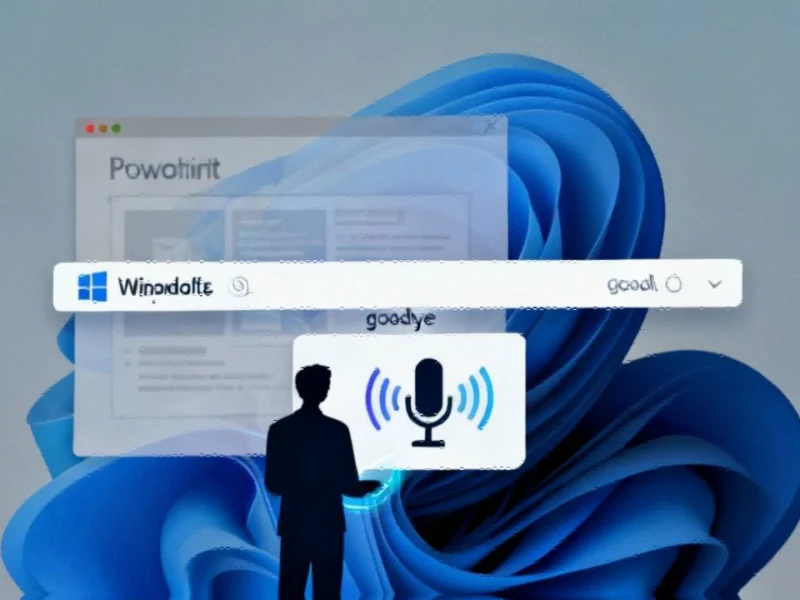Anthropic’s Browser-Based Coding Environment Transforms Developer Productivity
Anthropic has fundamentally changed how developers interact with AI-assisted coding tools through the launch of Claude Code’s web platform. This groundbreaking browser-based interface eliminates traditional barriers to entry, allowing both professional developers and coding enthusiasts to harness Claude’s capabilities directly through their web browsers without complex setup processes or command-line expertise.
The new web version represents a significant evolution in AI-assisted development tools, moving beyond the limitations of previous command-line implementations. As noted in the coverage of Anthropic’s browser-based platform launch, this development marks a pivotal moment in making advanced coding assistance accessible to a broader audience.
Seamless Cloud-Based Development Environment
Currently available in research preview for Claude Pro and Max subscribers, the platform operates entirely in the cloud, creating a comprehensive workspace that handles everything from code generation to testing and deployment. Developers can now manage multiple coding tasks simultaneously, generate pull requests, and track real-time updates through a unified interface that streamlines the entire development lifecycle.
The integration with GitHub, while still essential for accessing codebases and implementing changes, has been dramatically simplified. The browser interface automates many manual steps that previously required context switching between different tools and platforms. This streamlined approach reflects broader industry developments in cloud infrastructure and service reliability.
Parallel Processing and Agentic AI Capabilities
One of the most significant advancements in the web version is its ability to handle multiple tasks concurrently. Unlike previous iterations that processed requests sequentially, developers can now assign batches of related tasks—such as fixing multiple bugs or updating numerous backend routes—and Claude Code will work on them in parallel.
This capability moves Claude closer to true agentic AI functionality, where the system can break down complex objectives into manageable subtasks and execute them autonomously. The implications for developer productivity are substantial, potentially saving hours of repetitive work and enabling more focus on strategic development challenges. This advancement aligns with related innovations in automation technology across various sectors.
Enterprise-Grade Features and Security
The web platform incorporates enterprise-ready features including secure sandbox testing environments, comprehensive GitHub integration, and robust security protocols. These elements ensure that development workflows maintain production-level standards while benefiting from the convenience of browser-based access.
For development teams, the ability to collaborate through a centralized cloud environment could transform how organizations approach code review, testing, and deployment processes. The platform’s design acknowledges the growing importance of democratizing programming capabilities while maintaining professional standards and security.
Mobile Integration and Future Roadmap
Anthropic has signaled that iOS integration is imminent, which will extend Claude Code’s capabilities to mobile workflows. This development could enable developers to manage coding tasks, review pull requests, and assign bug fixes from anywhere, fundamentally changing when and where development work occurs.
The timing of this release follows Anthropic’s rapid cadence of model improvements, including the recent launches of Claude Sonnet 4.5 and Haiku 4.5. The company’s internal metrics reveal staggering adoption rates, with Claude Code growing 10× since May and reportedly generating hundreds of millions in annualized revenue. Internal teams at Anthropic are already generating up to 90% of their code through Claude, indicating how quickly AI-assisted development is becoming mainstream.
Implications for Development Practices
This shift toward browser-based, multi-task AI coding assistance represents more than just a convenience upgrade—it signals a fundamental change in how developers interact with AI tools. The removal of single-task limitations and the introduction of parallel processing capabilities could accelerate development cycles significantly.
For both veteran developers and newcomers to coding, Claude Code’s web platform lowers the barrier to leveraging advanced AI assistance. Whether fixing CSS issues, adding error handling, or updating backend logic, developers can now articulate their needs in natural language and trust Claude to handle the implementation details, testing, and documentation automatically.
As the platform evolves and expands to mobile devices, we’re likely to see even more innovative use cases emerge, further blurring the lines between human and AI collaboration in software development. This progression reflects ongoing market trends toward more accessible and integrated development tools.
This article aggregates information from publicly available sources. All trademarks and copyrights belong to their respective owners.
Note: Featured image is for illustrative purposes only and does not represent any specific product, service, or entity mentioned in this article.



